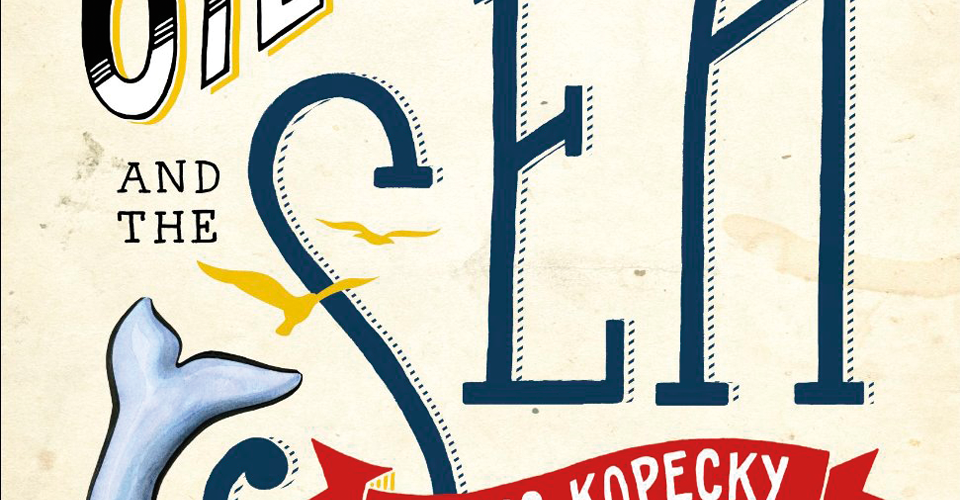Great Bear is the planet’s biggest coastal temperate rainforest and contains one of its richest ecosystems. Home to the Kermode, or white “spirit bear,” it also houses Canada’s largest Grizzly population. In a lovely turn of phrase, Kopecky describes Great Bear as the land of “the Only” – the “only place on earth where five species of salmon fertilize the forest with their bodies, hauled in by wolves and bears and birds and weasels.”
Northern Gateway would put all of this at risk. It would lay 1,177 kilometres of pipeline and each day move more than 500,000 barrels of bitumen across about a thousand bodies of water, half of which contain salmon. A spill would start killing the fish on which Grizzlies depend for their winter survival. At Kitimat, the pipeline’s contents would be transferred to 225 supertankers a year and hauled through the Great Bear’s coastal regions, threatening the humpback whale.
The project could also devastate seven coastal First Nations. A spill would contaminate the fish and shoreline on which the Heiltsuk, for example, depend for cultural identity. “If we lose our access to the sea, we cease to be Heiltsuk,” explains Chief Councillor Marilyn Slett. The potential loss is not just foodstuffs, but their very existence as a coastal people.
Enbridge’s track record is not reassuring. Its pipelines are responsible for six of the 10 biggest land-based spills in the US over the last decade. As well, the proposed tanker route is treacherous. Environment Canada calls Hecate Strait, one of the areas the route traverses, the fourth most dangerous waterway in the world.
But Northern Gateway would be a disaster even if it never sprang a leak. The book focuses a great deal on accidents, but more worrisome is the project unfolding as planned and permitting the combustion of billions of barrels of tar sands crude. Kopecky generally acknowledges this, but in one passage suggests bitumen mining would be acceptable if it led to Canada’s energy self-sufficiency.
I beg to differ. As a Scientific American report from July, 2013, states: “To keep to the atmospheric carbon budget, the world must produce less than half of the known and economically recoverable oil, gas and coal reserves. That means much of the fossil fuel – especially the dirtiest forms of petroleum, such as that produced from the tar sands – will have to stay buried.” In short, Alberta bitumen should be left in the ground. Fortunately, as Kopecky himself suggests, given sufficient time and research dollars, nearly 80 per cent of the planet’s energy could be renewable.
Near the book’s conclusion, the author speaks to a pair of whale experts. One says humpbacks come to the Great Bear coast to “practise their songs.” The other cautions that if tankers start appearing, “the whales will leave. What’s the point of coming here if they can’t hear each other sing?” This beautiful image of animals partaking in the arts shows part of what’s at stake if Northern Gateway goes ahead.
How do we convey this kind of loss to politicians? I wish we lived in a world receptive to this sort of argument – that Northern Gateway should be voted down because it threatens humpback cultural life. It’s not clear yet whether decision-makers can be taught the value of whale music.
The Oil Man and the Sea: Navigating the Northern Sea, Arno Kopecky, Vancouver: Douglas & McIntyre, 2013, 225 pages
Reviewer Information
Gideon Forman is a long time peace and environmental activist.












